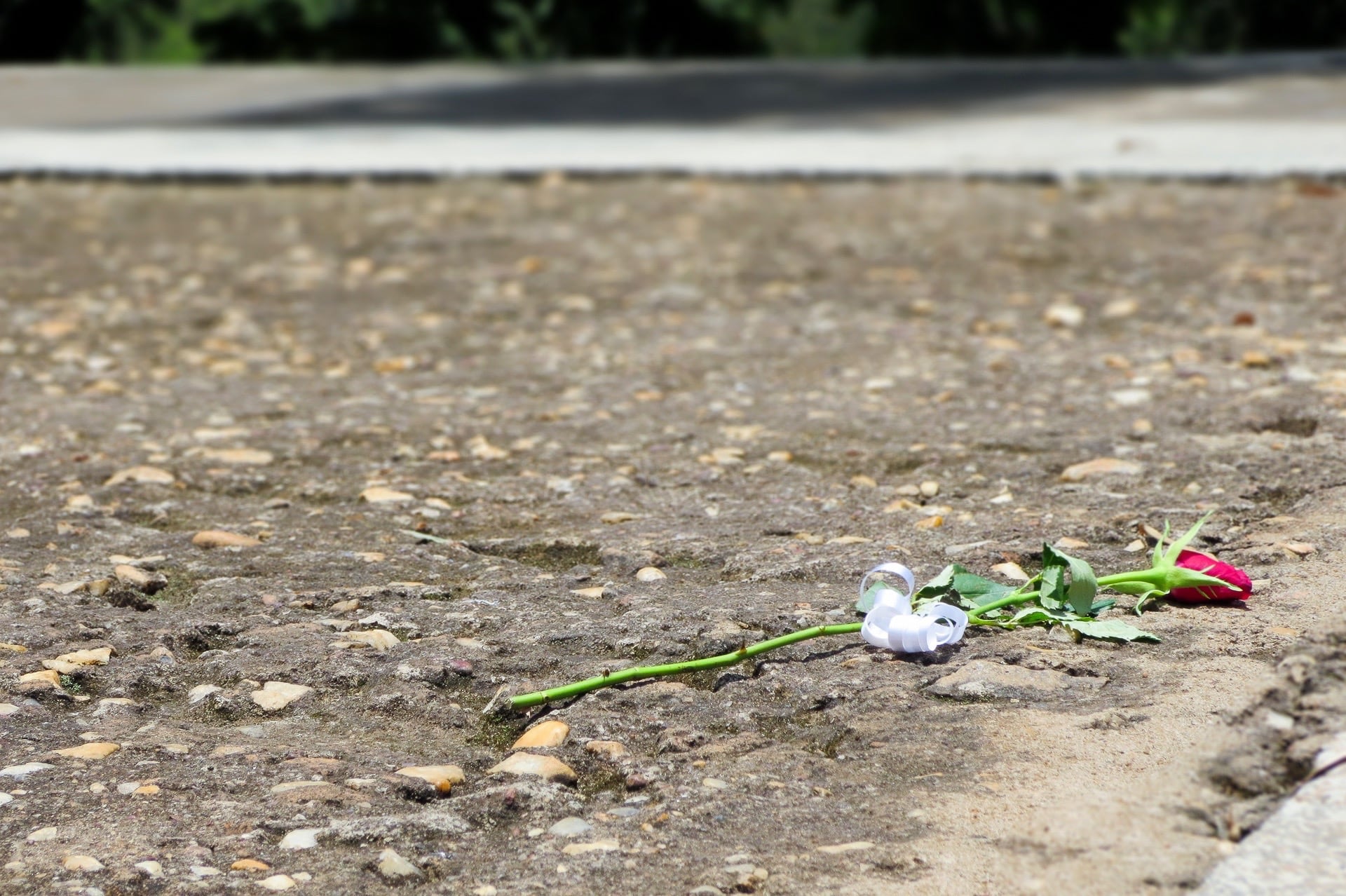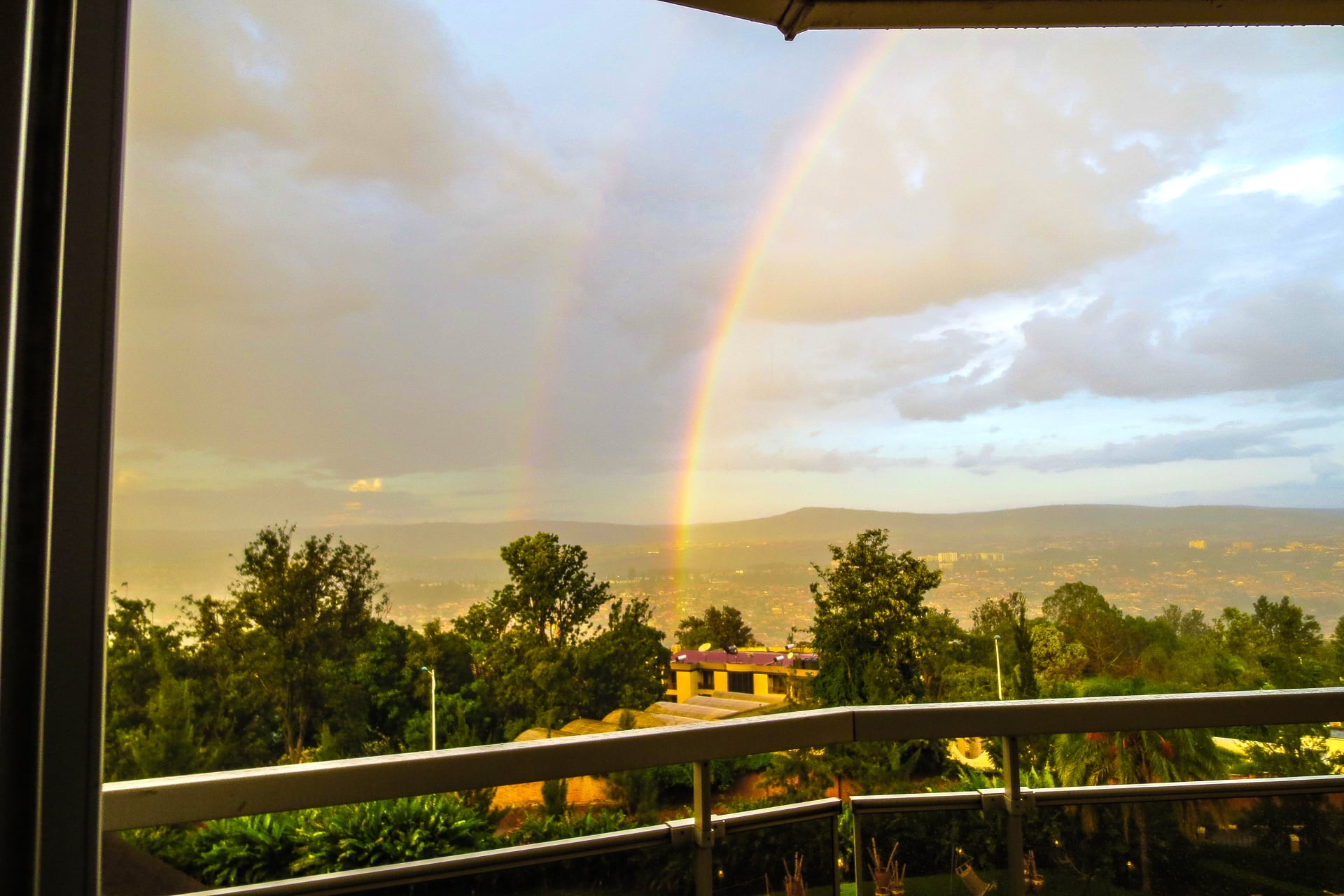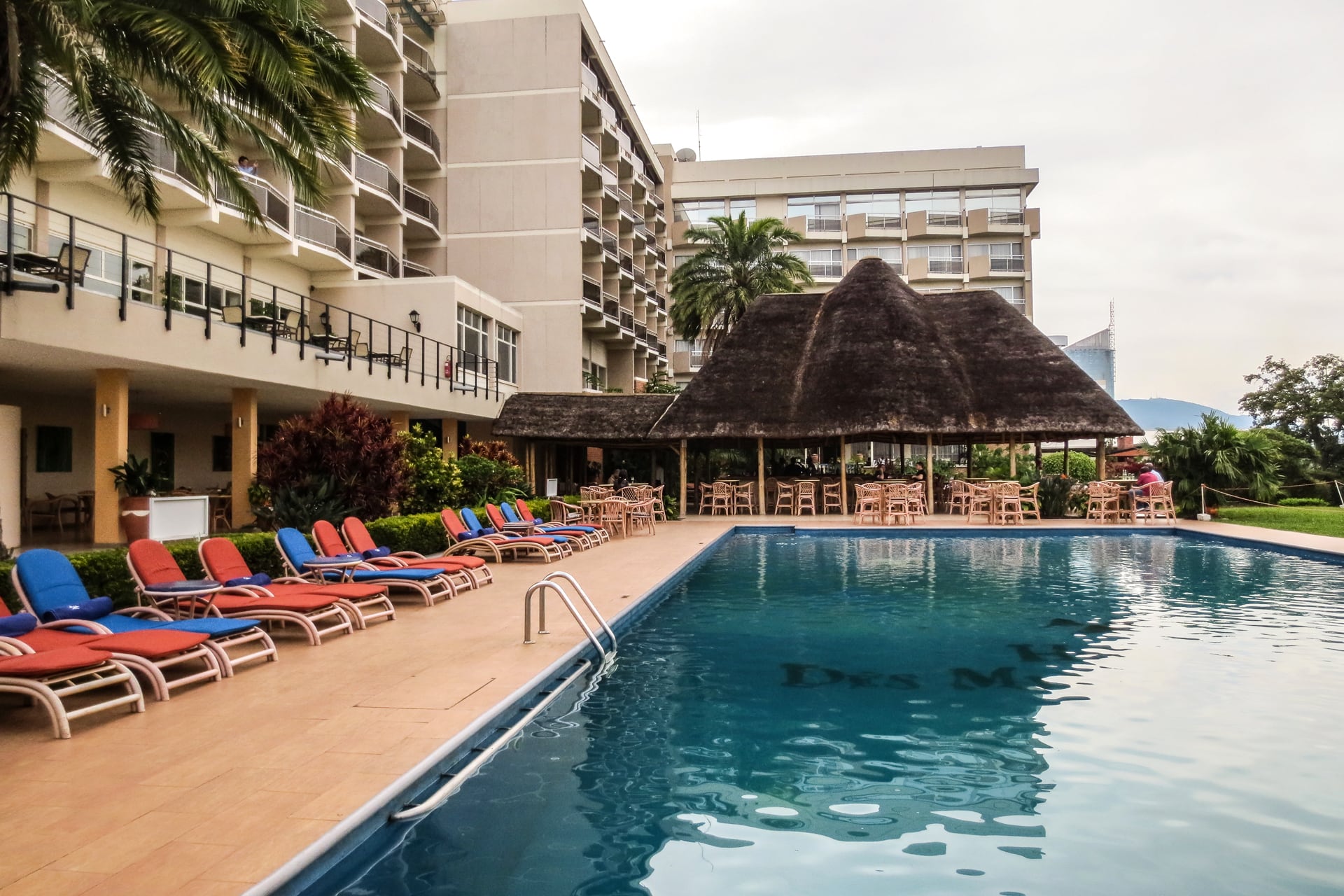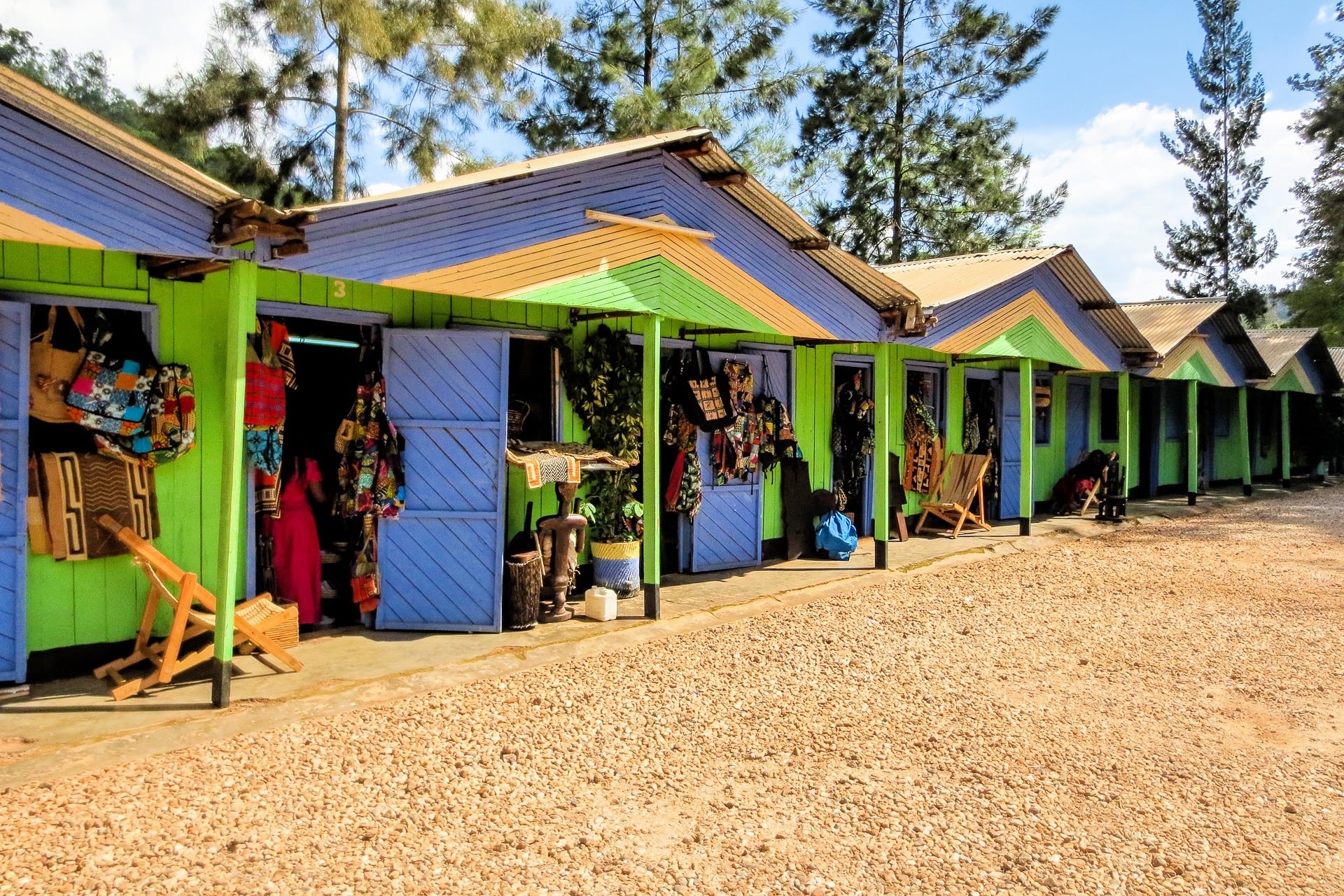Here we are at the Kigali Genocide Memorial Centre. In the next few photos, you are looking at a concrete crypt, three meters deep and filled — width and breadth, floor to ceiling — with coffins.
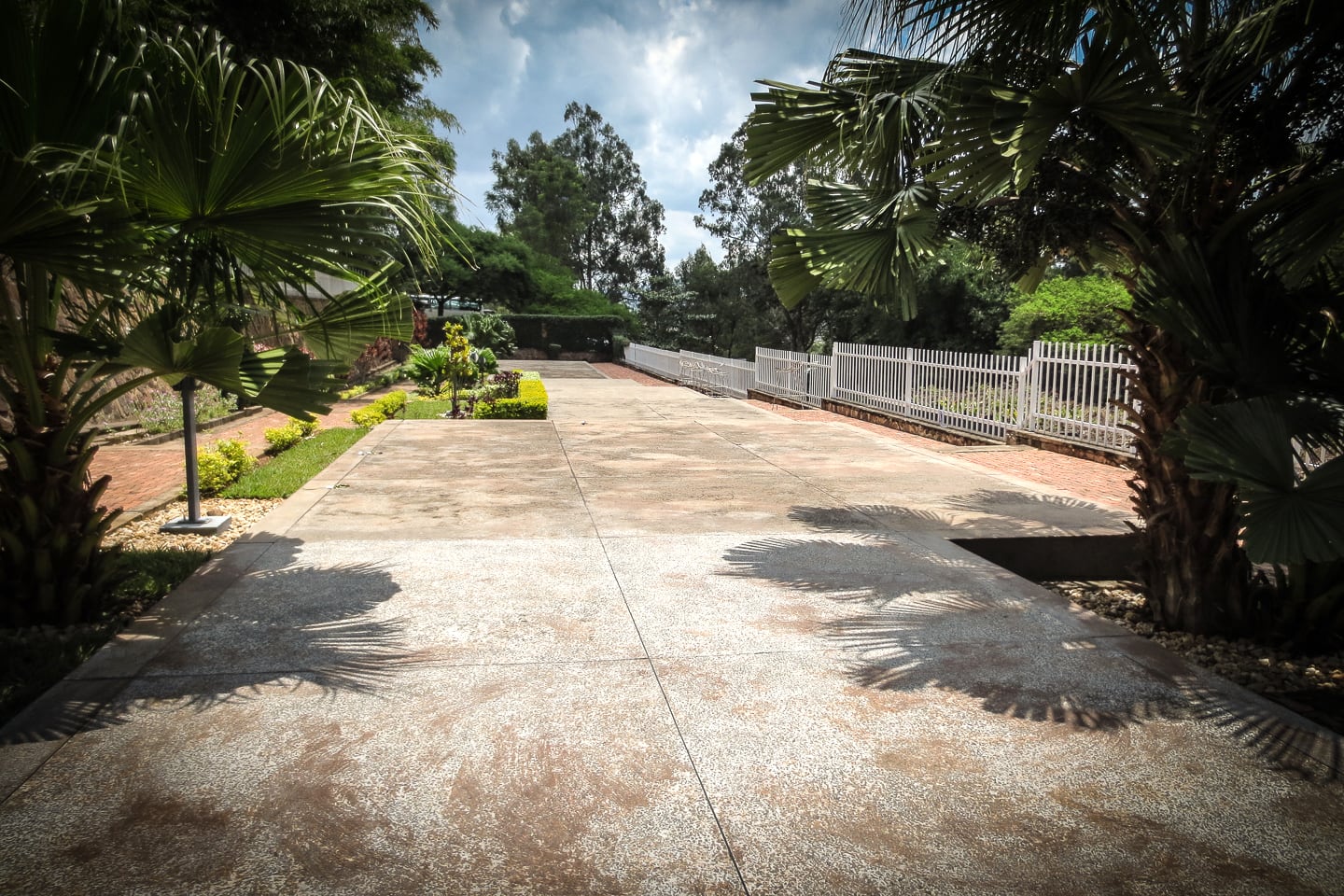
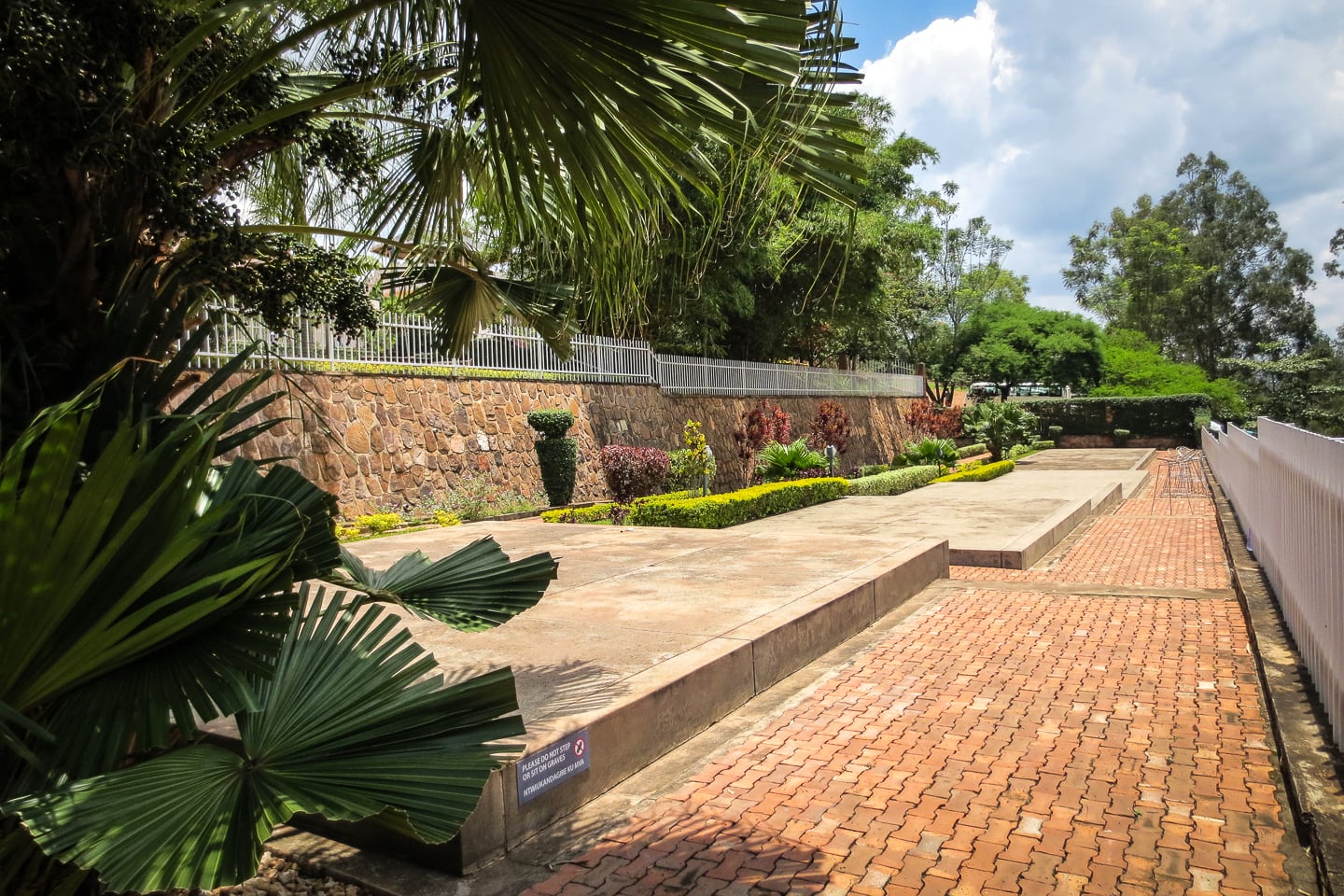
Each coffin, however, does not necessarily contain the remains of just one deceased individual (this is rarely the case) — no, in fact, each coffin may contain the remains of up to 50 different individuals.
So now, looking at the size of this space, do the math.
There are ten more crypts just like this one on this quiet hillside overlooking the nation’s capital. And yet, this accounts for but a fraction of the remains of the victims of the genocide.
The final resting place of many others might not be so dignified.
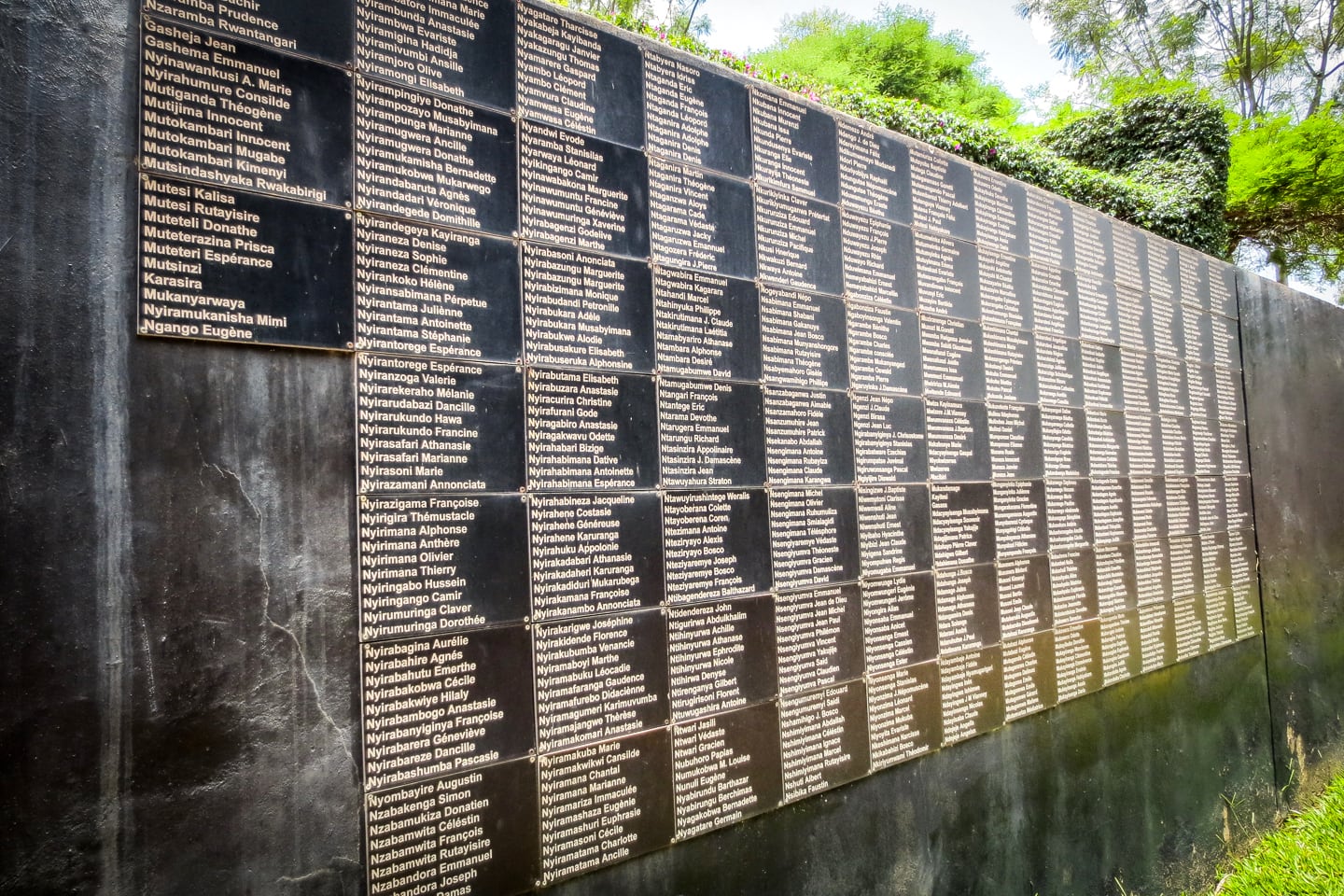
Above is the Wall of Names, which will serve as the permanent memorial for the victims of the Genocide.
The wall currently contains 940 names — few in comparison to the estimated 250,000 victims buried just on these grounds.
The Wall of Names is an ongoing project, to say the least.
The idea may seem a lot like the Vietnam War Veterans Memorial in Washington, DC. Unlike that site, however, very few of these names are associated with a grave stone in a cemetery somewhere.
The hope is that, for loved ones of the victims, the Wall will serve a purpose akin to a grave site and head stone.

There are just over 58,000 names on the Vietnam memorial wall. When this wall is finished, it could potentially contain 10 times that number.
It will be an immense task and a long journey yet to come.
The project has struggled in recent years due to lack of funding for things like purchasing an engraving machine and other associated costs.
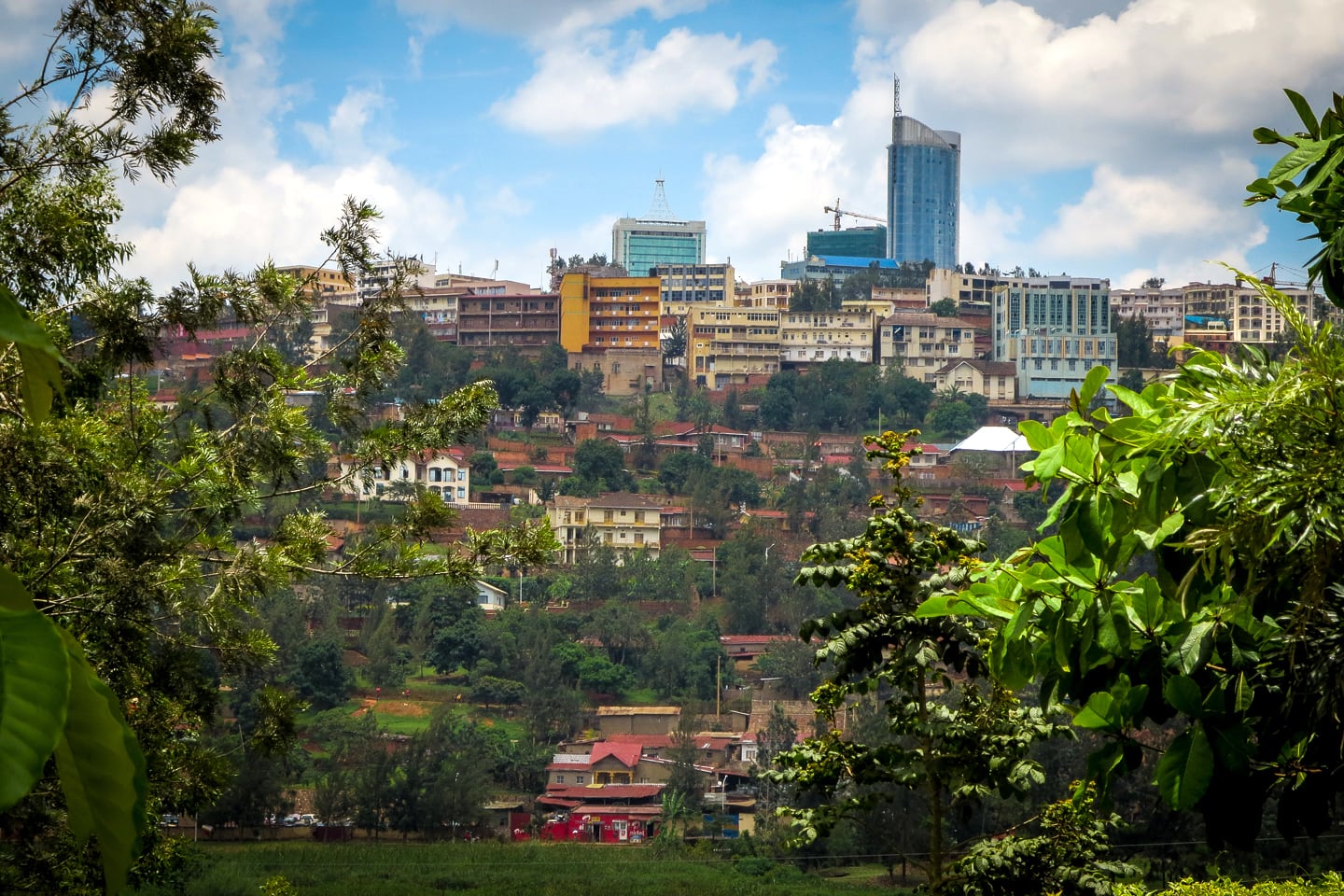
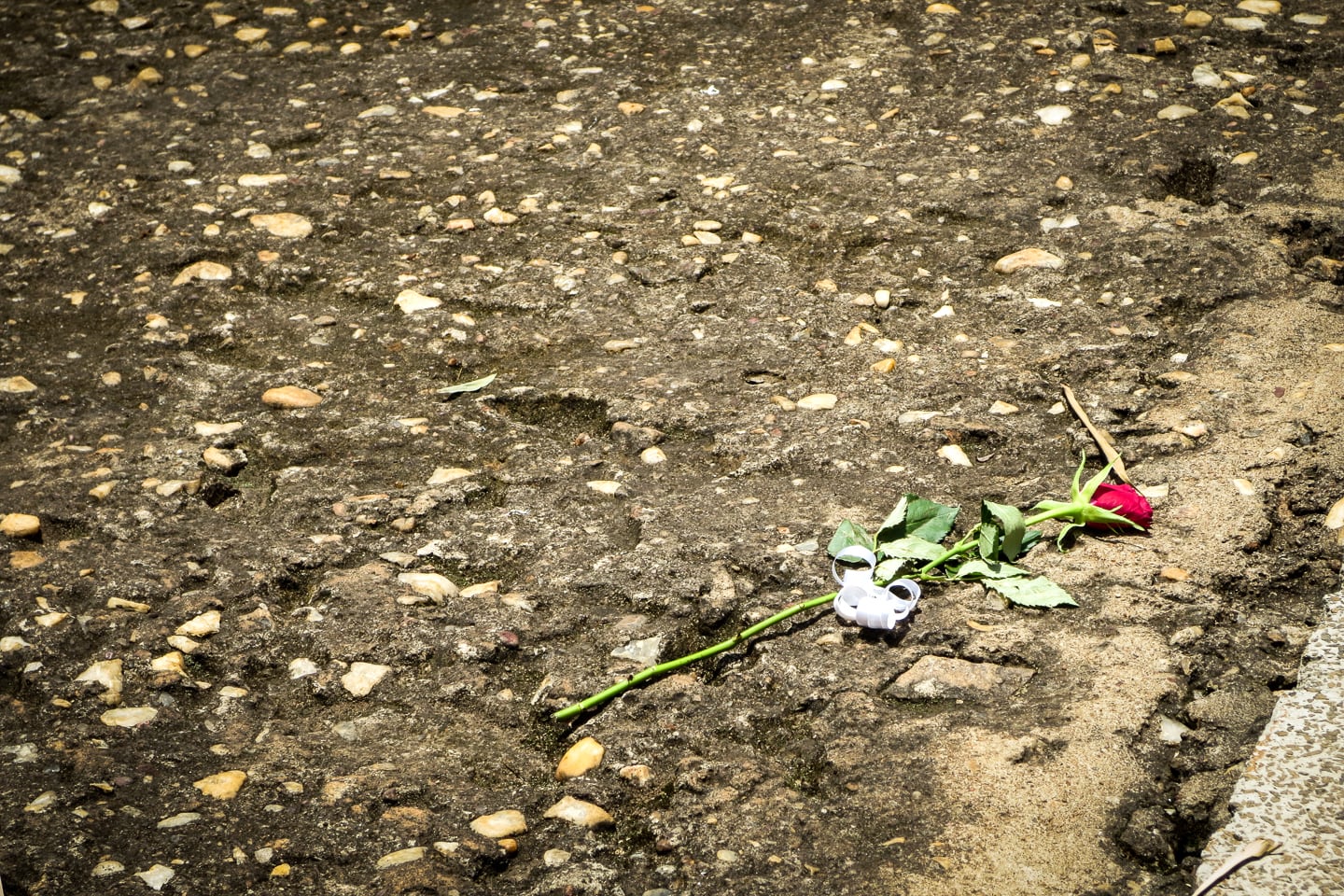
Staying at the Hotel des Mille Collines, the hotel immortalized in the film Hotel Rwanda, you won’t see any indication of what took place in Kigali in 1994 — no plaque, memorial, or scrap of paper alluding to that darkest of periods in Rwanda’s history.
The ownership and management of the Mille Collines seem to have gone to great lengths to erase all remnants of those dark days.
It’s a move which appears to have made good business sense, but which has also created an incredibly surreal atmosphere, particularly if one sits in the lobby a while and allows their mind to wander for more than a few moments.
I understand the need to forget and move on. And in fact I feel in many ways that Americans (I’m from the U.S.) spend too much time memorializing the atrocities of the past and not enough time learning from them — not dwelling on them, not reliving them, but taking the lessons to heart.
As a result, it seems we [Americans] have a propensity for denial and repetition.
In many ways, the Genocide, the Mille Collines, and all the rest of it is as much of a Rwandan tragedy as it is a tragedy for all of humanity.
We seem to have a hard time coming to grips with how inter-connected our fates have become in the past century.
That’s not some kum ba yah hippie BS, it’s simply a reflection of reality and the world we live in today.
We cannot continue to pretend that global events don’t affect our domestic daily lives.
Yet, when certain international events happen, policy and agendas seem to conveniently find a way out…always.
But Rwanda, that’s ancient history, right? How about Darfur or the Rohingya? How about all of the other genocides you’ve never even heard about. Not mass killings, genocides.
I thought about leaving this post here, but then thought better of it.
I don’t want to leave the impression that Rwanda is a dark and depressing place to visit because it most certainly is not.
Still, the Kigali Genocide Memorial Centre is very much worth visiting. The experience is a must for anyone visiting Rwanda for the first time.
It’s impossible to really understand present-day Rwanda without understanding what took place here just a couple decades ago.
